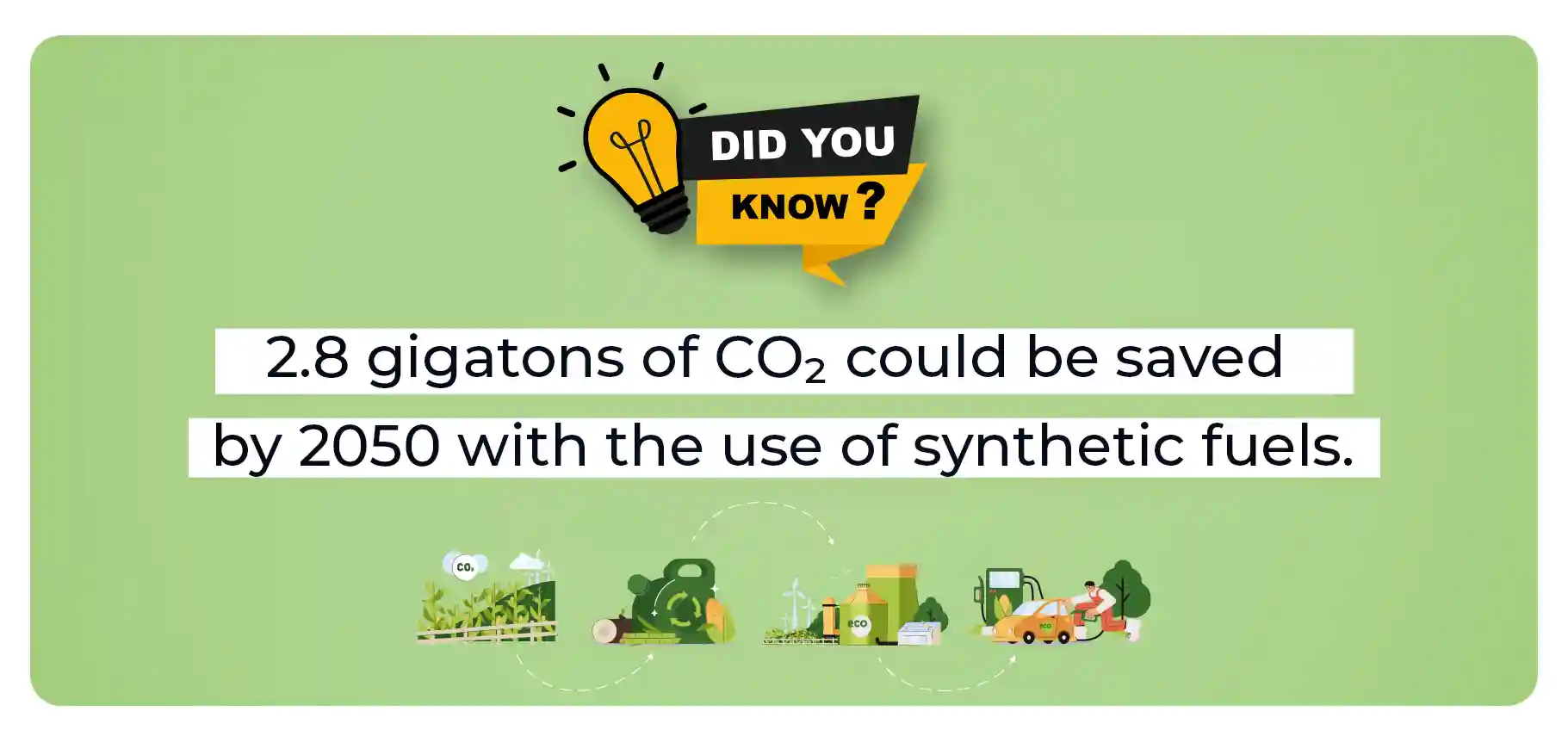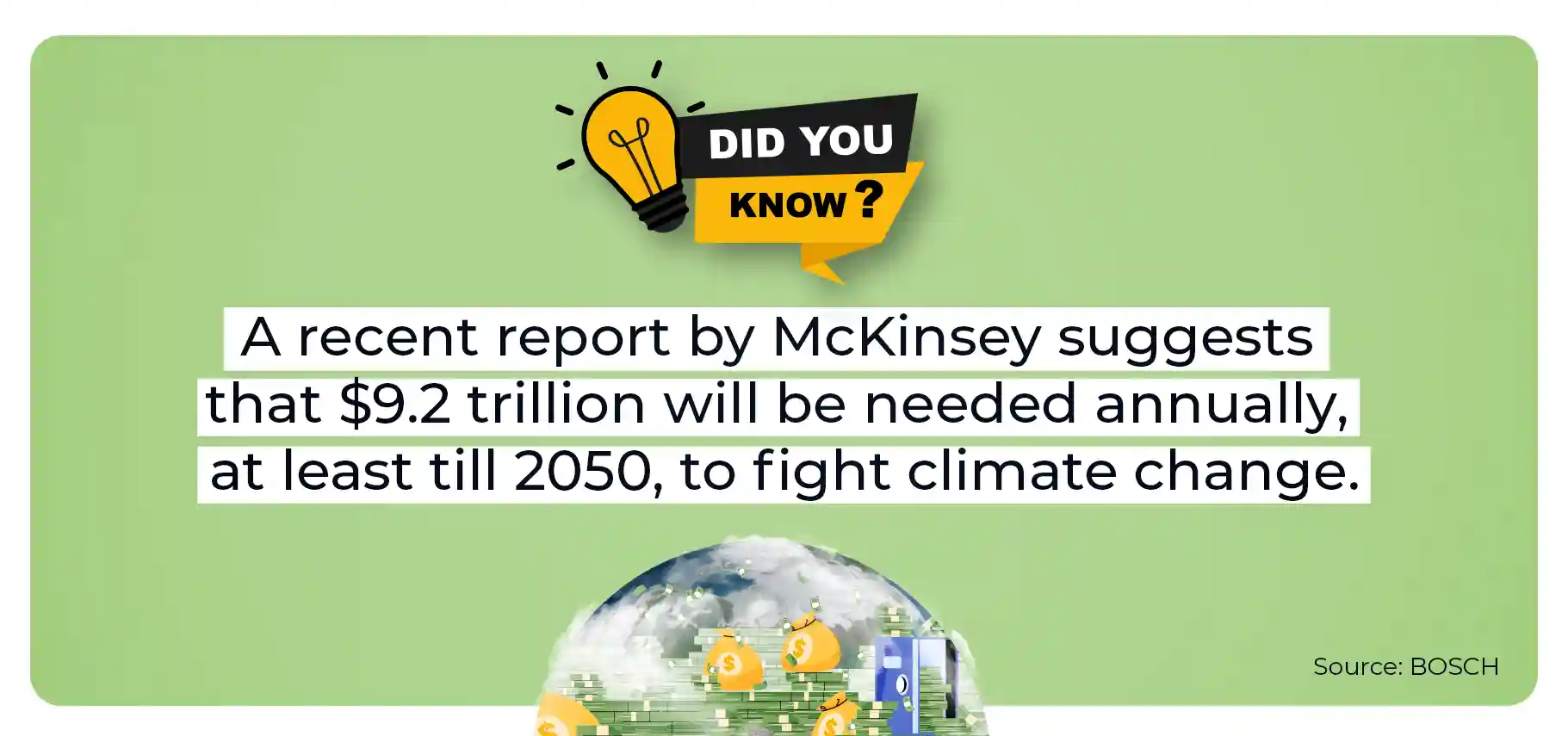
Throughout human history, technological advancement has been the primary driving force towards growth. Ironically, technology is responsible for one of humanity’s most significant challenges today. It has fueled global warming over the past centuries, resulting in climate change. Harnessing vast volumes of energy stored in the fossils of dead organic matter from millions of years ago wouldn’t have been possible without technology. While the energy extracted has improved our daily lives, the by-products of these processes, like greenhouse gases (GHGs), pose significant threats to the atmosphere. Today’s net-zero emission targets are centred around reducing their continued accumulation in the atmosphere. So what tools do we have to make the dream of a low-carbon global economy a reality? We’ve already weighed the roles of electric cars and digital carbon footprint management in this battle. Now here are three more ways technology fights climate change.
1. Green hydrogen: An easy pathway to clean energy
Hydrogen is the most abundant, smallest, and simplest element. It is also one of the leading sources of clean energy, as its production does not release carbon in any form. Green hydrogen is produced by splitting the water molecule into oxygen and hydrogen using electricity from renewables. The only emission that occurs in this process is water. Thus, green hydrogen is an excellent example of how technology fights climate change!
Many countries recognise the potential of green hydrogen in advancing the decarbonisation of critical sectors, such as industry and aviation. Therefore, governments are greenlighting several hydrogen projects. For example, in December 2022, Egypt gave the nod to a green hydrogen project in the town of Ain Sokhna, which will have an annual capacity of 1 million tons. In India, the Parliament cleared the Energy Conservation (Amendment) Bill 2022 this month to promote clean energy sources, including green hydrogen. However, the challenge in using hydrogen is the need to increase the use of renewables in electricity generation rapidly. Using renewables would allow faster deployment of green hydrogen in hard-to-abate sectors.
2. Renewable synthetic fuels: Fossil fuels with a twist
Synthetic fuels are the cleaner cousins of fossil fuels, featuring the exact nature and properties. While fossil fuels take millions of years to form, synthetic fuels are created by replicating the same natural processes artificially but with the help of renewable energy sources. The world is currently well-acquainted with three types of synthetic fuels:
- Biofuels (extracted from biomass)
- E-fuels (made from electricity powered by renewables)
- Solar fuels (using solar energy)
Large auto companies are heavily investing in synthetic fuels since they are a significant way in which technology fights climate change. BMW, for instance, pumped $12.5 million into Prometheus Fuels, a start-up specialising in e-fuels, in 2020. On the other hand, Porsche, the German sports car leader, made an investment worth $100 million to build a facility in Chile with the goal of producing around 130,000 litres and 550 million litres of synthetic fuel by 2022 and 2026, respectively. These investments reflect the automotive sector’s faith in this innovative fuel technology. However, if we can harness the power of renewables more efficiently to produce synthetic fuels, it would be a game-changer for the entire transportation and logistics sector.

3. The temptation of geoengineering
Geoengineering is one of the most popular and contentious examples of how technology fights climate change. The term refers to artificially modifying the planet’s natural systems to tackle carbon emissions. The reason for its popularity is the ‘quick-fix’ provided by it to counteract the effects of excess CO2 in the atmosphere. Two broad divisions of geoengineering exist—solar geoengineering and carbon geoengineering.
Solar geoengineering aims at increasing the amount of solar radiation from the Earth into space. Once the planet absorbs less sunlight, it can cool down, thus curbing the warming effects of solar energy. On the other hand, carbon geoengineering seeks to eliminate the main culprit of global warming: CO2. Carbon removal technologies remove the gas from the atmosphere, thereby preventing the trapping of sunlight and, consecutively, global warming.
Another straight-out-of-science-fiction solution proposed is the spraying of sulphate particles to thicken clouds. Aeroplanes loaded with sulphate particles would fly into the stratosphere and spray the particles, creating a fattened layer of clouds. These clouds would then prohibit large parts of solar radiation from reaching the Earth’s surface, thereby reducing temperatures. The effect would be similar to the deflection of sunlight caused by volcanic eruptions.
The consequences of such artificial interventions are yet to be thoroughly tested and understood. Thus, you might hear very little about geoengineering solutions in the public sphere. Nevertheless, geoengineering technologies could be the perfect stopgap solution with global warming worsening every year.
It’s all about the money!
Ultimately, transitions to low-carbon systems will determine how developing countries and private companies can finance their activities. According to the International Energy Agency (IEA), for a successful energy transition by 2030, around $90 billion in public financing will be necessary. Of this, only $25 billion has been sanctioned globally till 2030.

Alarming as they are, these numbers should not be a shock, given the ecological services we get for free from nature. Any technological advancement will take time to become cheaper and more accessible, especially to the most vulnerable sections of the global society. Nonetheless, what matters most is that concerted efforts are underway for technology to fight climate change. These efforts reflect the true human spirit: overcoming odds together.



